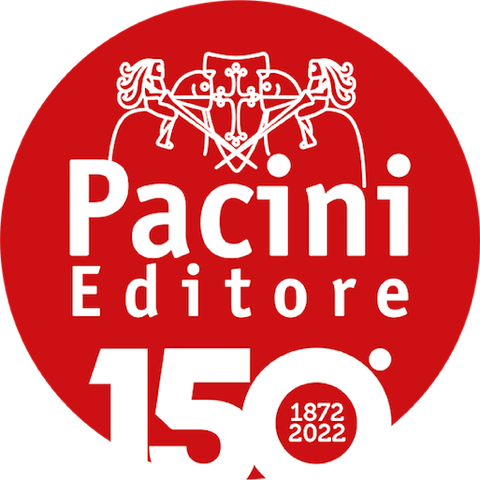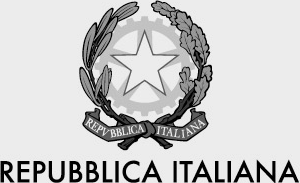
After the flood
Images for disaster risk reduction
Italian and English texts - Testi in italiano e inglese
Volume Il prezzo originale era: 19,00€.16,15€Il prezzo attuale è: 16,15€.
Informazioni tecniche
Descrizione
«Quando raccontiamo l’alluvione del 1996 in Versilia e Garfagnana non sappiamo bene come definirla: “disastro” o “catastrofe”? Qualcuno ha risolto il problema usando entrambi i termini, poiché ritenuti sinonimi perfetti. Eppure, il confronto tra i loro significati corretti evidenzia alcune differenze, sia nella forza distruttiva verso cose e persone, così come negli effetti e nelle reazioni indotte all’interno delle comunità umane.
La catastrofe è la devastazione pressoché totale che annienta o piega luoghi e individui per sempre o per molto tempo; il disastro è ancora un evento improvviso e distruttivo, ma che consente a comunità, famiglie e persone di ricostruire il loro domani, dopo una prima fase drammatica e sconvolgente.
In questi termini, l’alluvione del 1996 è stata più un disastro che una catastrofe. La maggiore differenza l’ha fatta il post-alluvione, che è divenuto un modello di ricostruzione non solo di case, strade e ponti, ma soprattutto di solidarietà, rapporti umani e comportamenti collettivi. Le antiche comunità di Cardoso e dintorni sono rimaste negli stessi luoghi della tragedia, dove vivevano da secoli e dove hanno lentamente ricostituito, dopo l’alluvione, il loro tessuto connettivo. Un disastro è dunque un evento vissuto a livello di popolazione, che continua nei volti e nei gesti delle persone oltre il momento della distruzione, passando dal negativo al positivo, dall’emergenza al quotidiano.
[…] La fotografia ha anche il potere unico di narrare la storia di una terra ferita attraverso le sembianze e le pose dei suoi abitanti. Per questi motivi Joakim Kocjancic ha raccolto le immagini di una comunità ritrovata venti anni dopo l’alluvione e forse divenuta, col tempo, più consapevole dei rischi ancora presenti. Le pagine del suo libro mostrano gli sguardi di persone temprate dall’esperienza, con qualche segno di tristezza negli occhi di alcuni di loro. Le foto in bianco e nero, con i bordi sfuocati, ci danno un senso di luogo senza tempo o forse di un tempo sospeso tra questo e l’altro secolo. È sicuramente il primo volume sull’alluvione del 1996 senza immagini di distruzione e di ricostruzione. Non ci sono le storie di quei giorni, ma il ricordo finalmente sollevato di molti anni dopo…»
Alessia Amorfini and Antonio Bartelletti
************************
«When we talk about the 1996 flood in Versilia and Garfagnana, we do not know exactly what to call it: a “disaster” or a “catastrophe”? Someone solved the problem by using both terms, since they are considered fitting synonyms. Still, the comparison between their meanings does highlight some differences, both in the destructive power on things and people and in the effects and reactions within the communities.
A catastrophe is the almost total devastation that annihilates or destroys places and individuals forever or for a long time; a disaster is still a sudden and destructive event, but one that enables communities, families and individuals to rebuild their future after the initial dramatic and shocking stage.
In these terms, the flood of 1996 was more a disaster than a catastrophe. The main difference was made by the aftermath of the flood, which has become an example of reconstruction not only of houses, roads and bridges, but above all of solidarity, human relations and collective behaviour. The ancient communities of Cardoso and its surroundings have remained in the places of the tragedy, where they have lived for centuries and where they have slowly rebuilt their connective tissue after the flood. A disaster is therefore an event experienced by the population, which continues in the faces and gestures of people beyond the moment of destruction, moving from negative to positive, from an emergency to the everyday.
[…] Photographs also have the unique power of narrating the story of a wounded land through the appearances and poses of its inhabitants. This is why Joakim Kocjancic has collected images of a community that has been found again twenty years after the flood and has perhaps become, over time, more aware of the risks that still exist today. The pages of his book show the looks of people hardened by experience, with signs of sadness in the eyes of some of them. The black and white photos with blurry edges give us a sense of a timeless place or maybe suspended time between this and the last century. It is definitely the first volume on the 1996 flood without images of destruction and reconstruction. There are no stories of those days, but the memory finally relieved many years later…»
Alessia Amorfini and Antonio Bartelletti
.



















